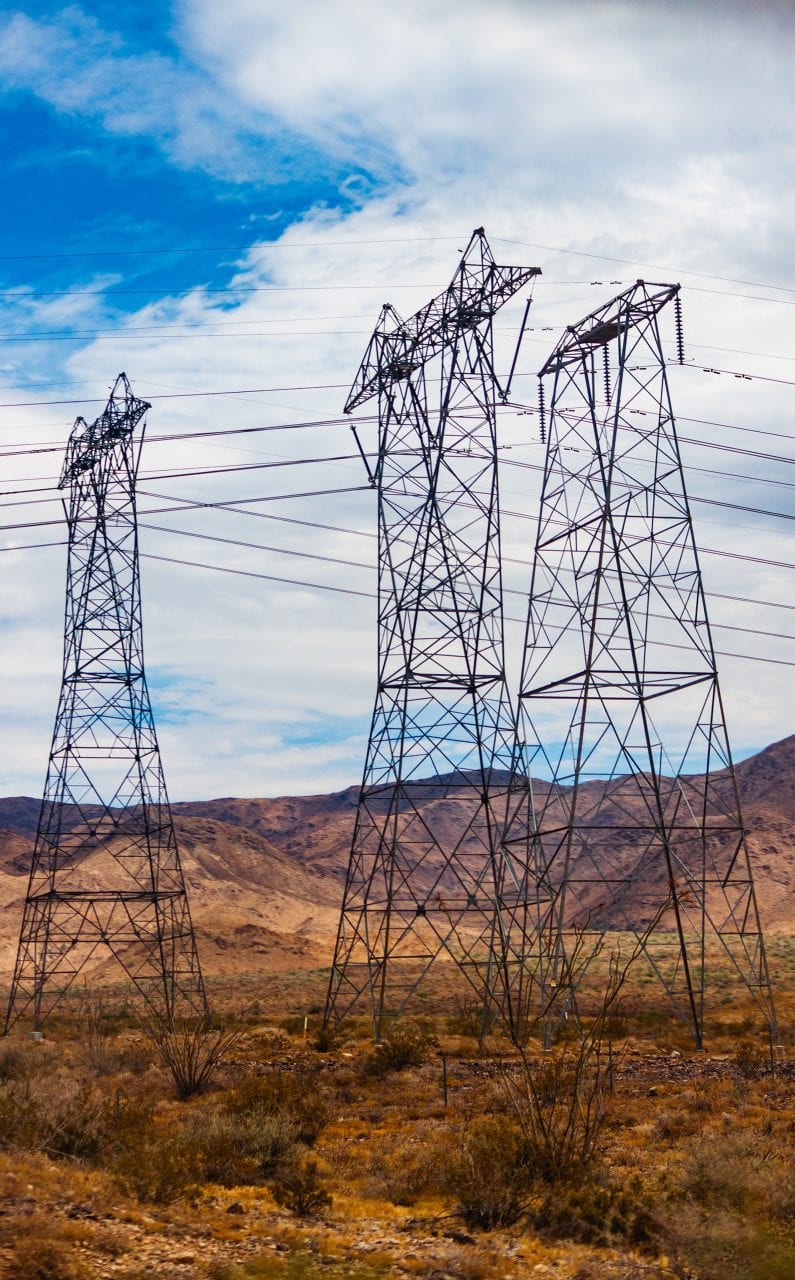I was looking at
@GXMnow's
post about five day's of heat wave and realized I lost count here of how many days we'd had. But, Enphase logs the national weather service alerts for me and the days they issued heat advisories were:
June 14th, 16th, 17th, 20th, 24th, 25th.
July: 6th, 7th, 8th, 10th, 11th, 12th, 13th, 14th, 15th, 16th, 17th, & 18th
So 18 days of alerts. From my weather station in the last 30 days we've had 20 days that broke a heat index of 110°F.
Panel efficiency looks like it's at worst 80-90%, but we've also had a lot of clouds so it's hard to say. The panels look to have been most efficient in the early morning, starting downhill around 9:30 and recovering a little after 5.
That got me to thinking.... the reason the heat index is high isn't because of dry-bulb temperature, but because of wet-bulb. So, if there's more moisture in the air there's more mass, shouldn't there be higher thermal conductivity and more heat transfer? That is, a 116°F in Las Vegas should affect production a lot more than a heat index of 116°F here. Of course, higher air mass is also less solar energy.
So, how hot are the microinverters might be getting? Picking one at random it looks like the peak was been 145°F:

Sadly, Enlighten doesn't store temperature data for last year, but I did happen to take a snapshopt back in post
#440, where the maximum temperature in August was 149°F.
If you're wondering where the heck that data can be found, the inverter S/N seems to be munged so I can't provide a direct URL. To navigate bring up Enlighten Manager, then go to the devices tab, click on a microinverter, then click the Graph tab, at the bottom of the graph click on "Temperature".
You can do the same thing for the microinverters in the batteries. The big difference with the rooftop microinverters is at night they don't go down to ambient. Even though they're always in the shade, mine are currently between 116°F and 131°F. Storms have caused a few power outages in the last few days, but I don't see any anomalous temperature spikes.








